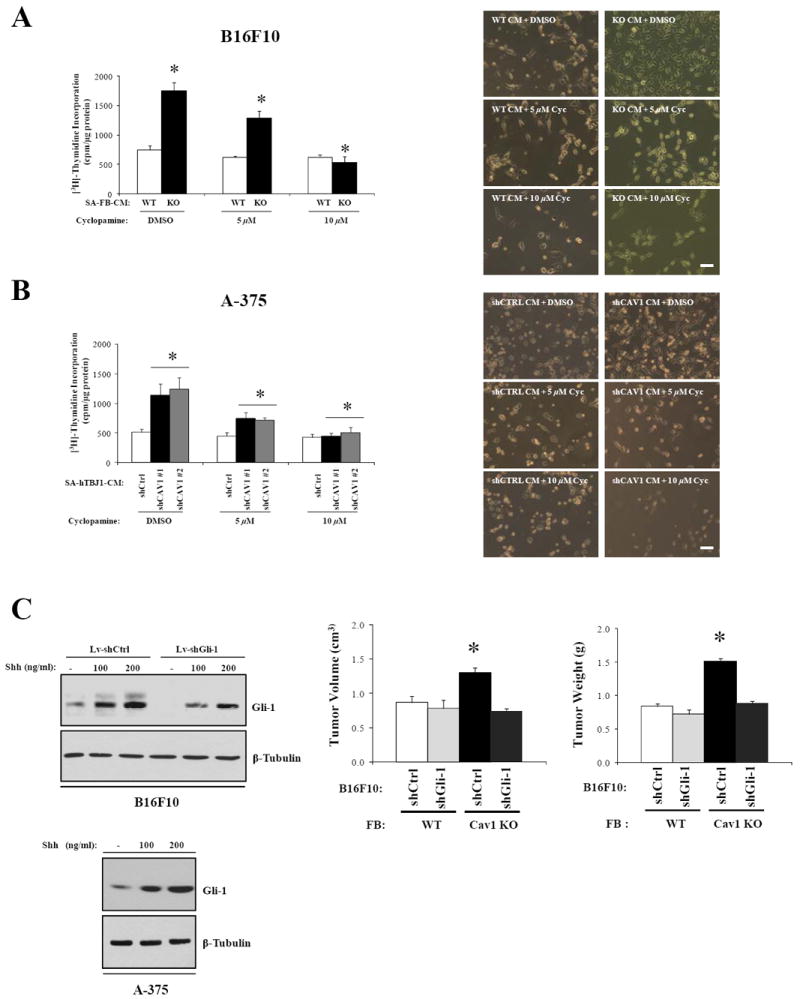Figure 5. Inhibition of Shh signaling pathway in melanoma cells reverses the pro-proliferative/protumorigenic effects of fibroblasts lacking Cav1.

A, [3H]Thymidine incorporation assay of B16F10 melanoma cells treated with DMSO or cyclopamine following incubation with SA-CM from WT and Cav1KO dermal fibroblasts. Representative phase-contrast images of B16F10 cells treated with SA-CM from WT and Cav1KO fibroblasts with cyclopamine are shown on the right. Similar experiments (B) were performed with A-375 cells incubated with SA-CM from hTBJ1-shCtrl and hTBJ1-shCAV1 cells. C, Gli-1 and β-Tubulin immunoblots of B16F10-shCtrl, B16F10-shGli-1 and A-375 cells before and after being treated with Shh (left). Gli-1 knock-down in B16F10 cells reverses the tumor promoting effects of Cav1KO FBs as (right) determined by coinjection experiments. Results are means ± SEM (n ≥ 4 per group; *, P < 0.05, by Tukey’s Multiple Comparisons Test; Scale Bar, 200μm).
